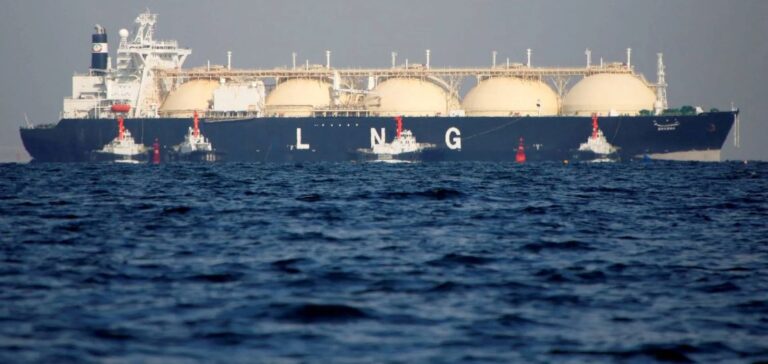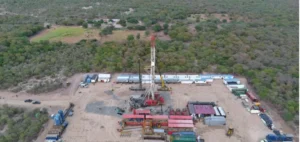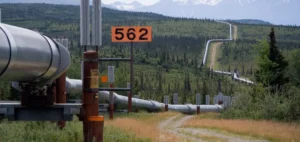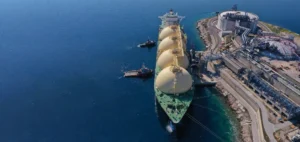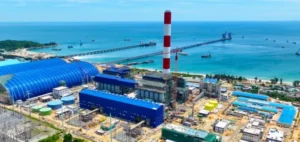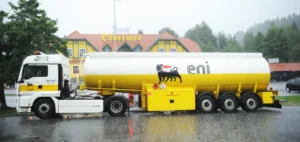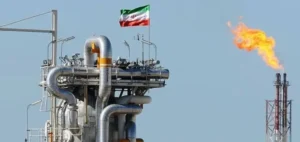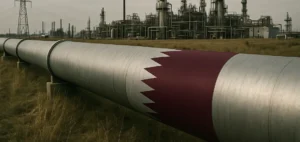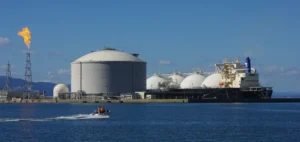Energy consultancy Wood Mackenzie has published a detailed comparative analysis of greenhouse gas emissions from US liquefied natural gas (LNG) and coal, revealing that LNG exported to Europe emits on average 48% of the emissions of coal, when considering the full lifecycle from production to combustion. This estimate is based on proprietary data supported by credible third-party sources and focuses on deliveries to north-western Europe, a major destination for US LNG.
Intensity differences related to extraction and transport
The observed differences are not solely due to the higher carbon dioxide emissions from coal combustion compared to natural gas. The study attributes a significant part of the gap to higher methane losses associated with underground mined bituminous coal from Appalachia. This type of coal is a common source for European imports. By comparison, emissions from US LNG delivered to China are around 63% of those from local coal, largely due to lower methane losses linked to surface-mined coal from Indonesia.
Characteristics of US LNG
Daniel Toleman, Research Director of Global LNG at Wood Mackenzie, noted that previous analyses may have underestimated certain technical aspects specific to US LNG. According to him, only 10% of gas intended for export originates from the Permian Basin, known for higher methane leakage. The majority comes from the Haynesville and Northeast basins, where a large portion of the gas is certified with methane intensities below 0.2%.
In addition, US liquefaction projects typically use more modern turbines, achieving average emission intensities more than 20% lower than the global average. Maritime transport also benefits from significant modernisation, with most LNG shipped on high-efficiency carriers, reducing environmental impact further compared to steam-turbine vessels.
Towards a common reference baseline
The study underscores the importance of objective assessment of LNG and coal emissions, calling for an approach based on empirical data. It uses a 20-year global warming potential for methane equivalent to 84 times that of carbon dioxide, consistent with recent scientific literature. According to Daniel Toleman, establishing a shared reference baseline is essential for enabling industrial and institutional stakeholders to effectively guide their decarbonisation strategies.


